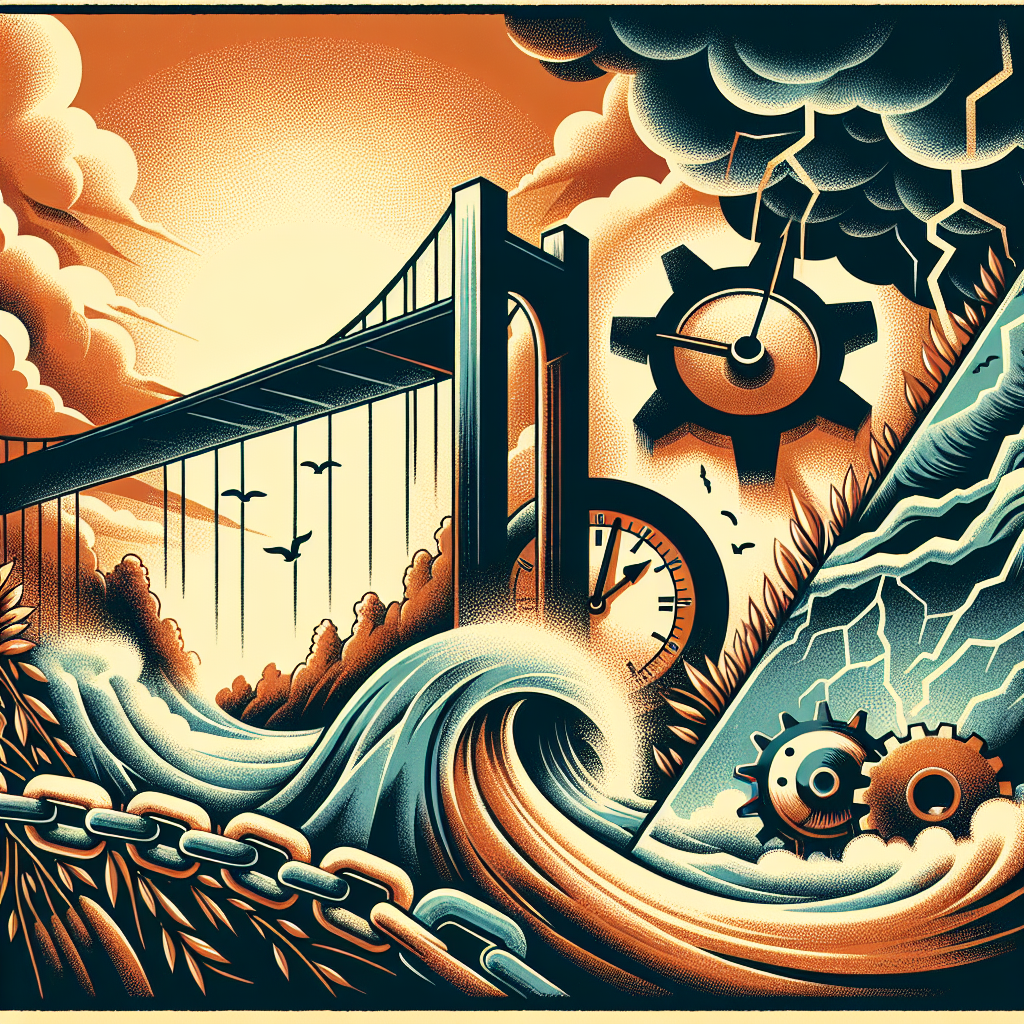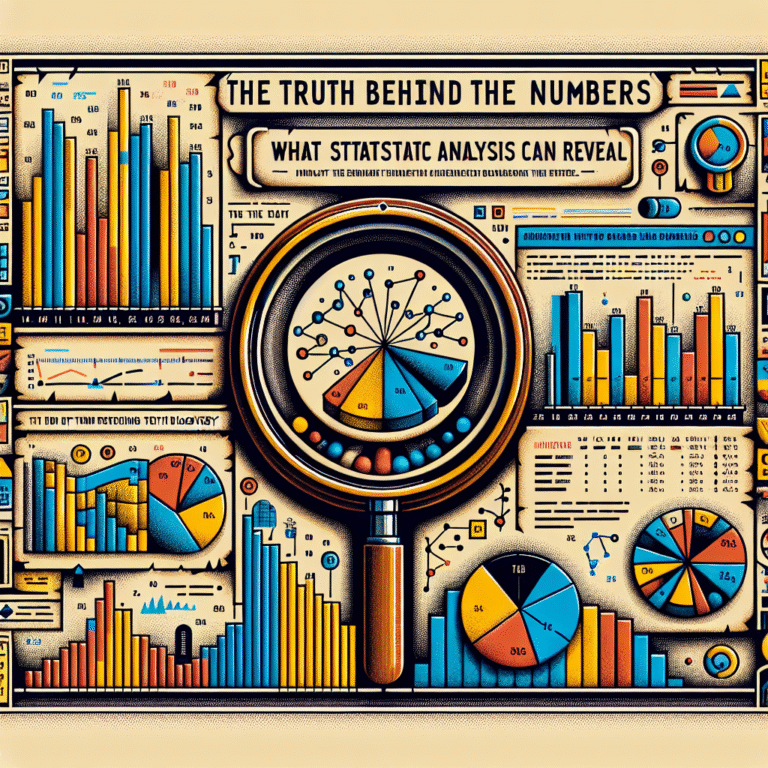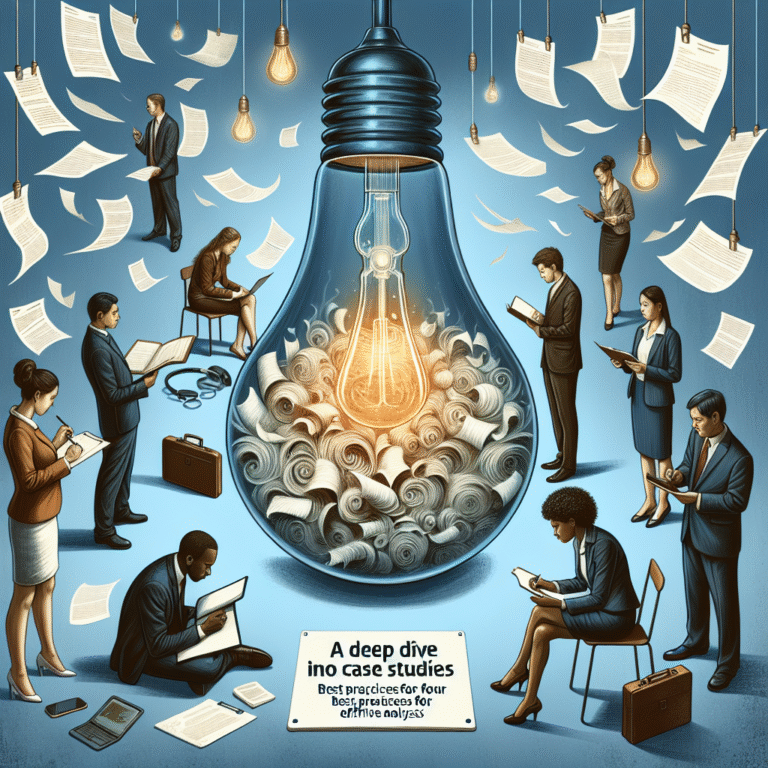
Introduction
In today’s fast-paced world, where everything from technology to customer expectations is constantly evolving, the concept of General Reliability has emerged as a crucial pillar for success in both personal and professional domains. The ability to depend on systems, processes, and individuals can make the difference between outstanding success and devastating failures. If you’re looking to enhance your project management, build trustworthy engineering systems, or even improve personal relationships, understanding General Reliability will undoubtedly provide you with the edge you need.
In this comprehensive guide, we will examine the intricacies of General Reliability, explore its applications across various fields, and highlight important case studies that unveil its real-world implications. Prepare to delve deeply into general reliability, unlocking valuable insights that can enrich your life and career.
Understanding General Reliability
What is General Reliability?
At its core, General Reliability refers to the ability of a component, system, or individual to consistently perform its intended function without failure over a specified period under predefined conditions. This quality spans various domains, including engineering, project management, healthcare, technology, and even day-to-day interpersonal relationships.
The Importance of General Reliability
Reliability impacts decision-making and influences both consumer confidence and operational efficiency. For businesses, the implications of General Reliability can result in reduced costs, improved customer satisfaction, and higher profits. For individuals, being reliable fosters trust, strengthens relationships, and enhances one’s reputation.
The Science Behind General Reliability
The mathematical side of General Reliability often employs statistical methods to model the failure rates of components, giving organizations valuable insights into maintenance schedules and resource allocation. Reliability engineers frequently use metrics such as Mean Time Between Failures (MTBF), Reliability Function, and Failure Rate to evaluate and predict the reliability of systems.
Key Components of General Reliability
- Consistency: The ability to perform the same task repeatedly without variations.
- Dependability: The level of trust that stakeholders can place in the performance of the system or individual.
- Performance Under Stress: Evaluating how a system operates under high pressure or challenging circumstances.
Real-World Applications of General Reliability
Case Study 1: Manufacturing Sector
Overview
In the manufacturing industry, General Reliability plays a pivotal role in ensuring that machinery and equipment are up and running efficiently. A well-known case is Toyota, which adopted the Toyota Production System (TPS) to minimize waste and maximize reliability.
Analysis
Toyota’s focus on General Reliability led to a significant reduction in operational costs while improving their production efficiency. The adoption of preventive maintenance practices ensured that machines were regularly serviced, thereby reducing unexpected downtimes. This illustrates how prioritizing reliability can lead to enhanced productivity and profitability.
| Key Metric | Before Implementation | After Implementation |
|---|---|---|
| Downtime (%) | 15% | 5% |
| Production Costs | $1,000,000 | $800,000 |
Case Study 2: Information Technology
Overview
In the information technology sector, General Reliability is often measured by system uptime. Amazon Web Services (AWS) is a prime example of a company that invests heavily in maintaining high reliability in their cloud infrastructure.
Analysis
AWS employs rigorous testing protocols and redundancy systems to ensure that their services remain online and accessible. Their commitment to General Reliability is reflected in their SLA (Service Level Agreement), which guarantees 99.99% uptime. This level of reliability fosters customer trust and satisfaction, leading to a larger client base.
| Metric | AWS Uptime Guarantee |
|---|---|
| Uptime (%) | 99.99% |
| Customer Trust (%) | 90%+ |
Case Study 3: Healthcare Sector
Overview
Healthcare systems also hinge on General Reliability, where the stakes are extraordinarily high. The implementation of electronic health records (EHR) systems is a case study highlighting the necessity of reliability in patient data management.
Analysis
Cerner is an EHR company that emphasizes General Reliability in its systems. By continuously monitoring and optimizing their data redundancy measures, Cerner ensures that patient records are consistently accessible without risk of loss. This commitment ultimately improves patient care protocols and outcomes.
| Metric | Before Reliability Focus | After Reliability Focus |
|---|---|---|
| Patient Data Accessibility | 85% | 99% |
| Error Rate (%) | 10% | 2% |
The Economic Impact of General Reliability
Understanding that General Reliability is not merely a technical term but an economic imperative can reshape a company’s investment strategy. Companies excelling in reliability tend to enjoy lower operating costs and improved market position.
The Cost of Unreliability
Consider the repercussions of a manufacturing defect in aviation safety. A single failure can lead to extensive recalls, damaging profits and tarnishing reputations. The infamous case of Boeing’s 737 MAX highlights how lapses in reliability can lead to catastrophic economic implications, showcasing the urgent need to invest in General Reliability.
The ROI of Reliability
Investing in reliability often yields a significant ROI. A 2018 study found that organizations that prioritize reliability reduce their failure rates by 30%, ultimately leading to reduced costs and enhanced profitability.
Building a Culture of General Reliability
1. Leadership Commitment
The journey toward establishing a culture of General Reliability begins at the top. Leaders must prioritize reliability within their organizational goals, investing in training and resources that promote this value.
2. Regular Assessments
Conducting regular assessments of operations, processes, and employee performance can pinpoint areas for improvement regarding reliability.
3. Encouraging Transparency
Fostering an environment where employees can openly discuss failures creates a culture of continuous improvement, integral to enhancing General Reliability.
4. Training and Development
Organizational training programs focused on reliability best practices can equip employees with the tools and mindset necessary for problem-solving and innovation.
Enhancing General Reliability in Personal Life
Setting Personal Standards
On a personal level, individuals can enhance their General Reliability through consistent habits, such as keeping commitments, managing time effectively, and building trust with relationships. Establishing a reputation as a reliable individual can yield significant benefits in both personal and professional settings.
Maintaining Work-Life Balance
Reliability doesn’t mean overburdening oneself; it’s about knowing how to prioritize tasks effectively to ensure that expectations are met without sacrificing personal well-being.
Conclusion
In today’s complex world, General Reliability serves as an indispensable element of success. From manufacturing giants like Toyota to tech behemoths like Amazon, the ripple effects of prioritizing reliability can lead to profitability, customer satisfaction, and a stellar reputation.
In the broader scope of life, embodying General Reliability can enhance personal relationships, create trust, and ultimately lead to a fulfilling existence. As you move forward, let this guide serve as a roadmap for embedding reliability in your personal and professional practices.
Embrace the power of General Reliability. Make it the cornerstone of your endeavors, and watch as the doors to new opportunities open before you.
FAQs
1. What is the difference between reliability and validity?
Reliability refers to the consistency of a measure, while validity indicates the accuracy of the measure in assessing what it is intended to evaluate.
2. How can I measure the reliability of my processes?
Key metrics such as Mean Time Between Failures (MTBF) and Failure Rate can be employed to quantify reliability.
3. Why is General Reliability important for businesses?
Reliability impacts customer satisfaction, reduces operational costs, and enhances profit margins.
4. What are some tools for improving General Reliability in engineering?
Tools such as Failure Mode and Effects Analysis (FMEA) and Root Cause Analysis (RCA) are effective for identifying and mitigating reliability risks.
5. How can I foster a reliability culture within my team?
Promote open communication, prioritize training on reliability practices, and lead by example to establish reliability as a core team value.
By integrating these insights and practices into your daily operations, you will not only enhance your reliability but also inspire those around you to do the same. Prioritize General Reliability—it’s not just a goal, it’s a commitment to excellence.
















